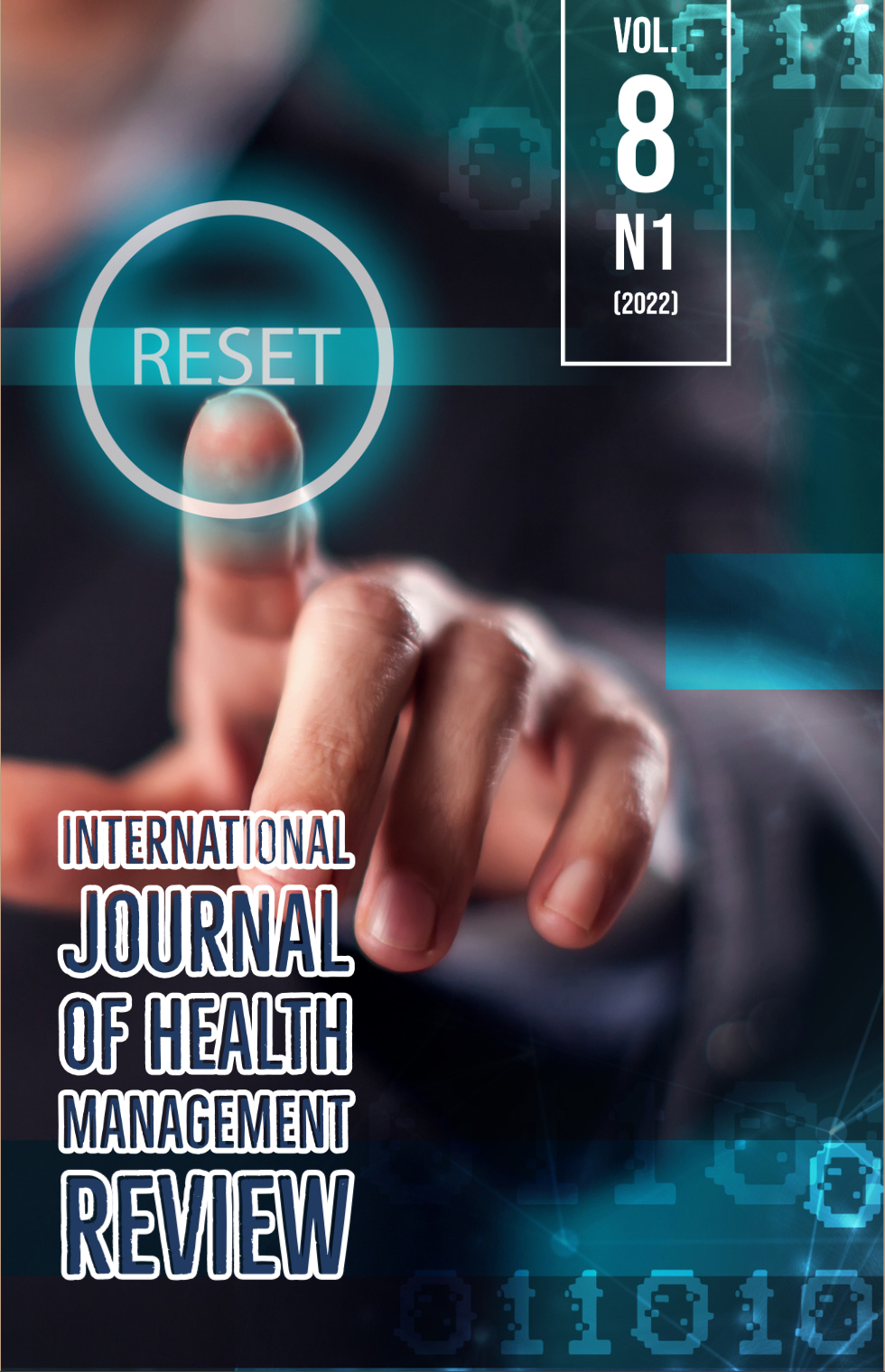Reconstrução Sacral Com Retalho Bilobado Fasciocutâneo Glúteo-Posterior De Coxa
DOI:
https://doi.org/10.37497/ijhmreview.v8i1.317Palavras-chave:
Úlcera Sacral, Reconstrução Sacral, Retalho Fasciocutâneo, CirurgiaResumo
Pela frequência e dificuldade de manejo, as úlceras sacrais demandam grande dedicação e apuro técnico do cirurgião plástico e da equipe multiprofissional, visto que as feridas sacrais possuem uma taxa de recidiva maior que 80%. Mesmo os retalhos fasciocutâneos sendo mais finos que os miocutâneos, o que pode parecer uma desvantagem, sua rotação e adaptação são mais fáceis. Além disso, o risco de recorrência após reconstruções é menor quando comparado aos retalhos miocutâneos. Com a evolução do conhecimento e das técnicas anatômicas, a aplicação clínica dos retalhos fasciocutâneos para a reconstrução sacral obteve boa aceitação como uma alternativa útil para reconstrução de lesões por pressão isquiáticas e trocantéricas. Neste trabalho demonstramos mais uma opção a ser considerada, a versatilidade do retalho bilobado fasciocutâneo e seu uso de forma não convencional, realizando uma cobertura extensa na região sacral com uso unilateral de uma área doadora lateral.
Referências
AGGARWAL, A. et al. Gluteus maximus island flap for the repair of sacral pressure sores. Spinal Cord, v. 34, n. 6, p. 346–350, jun. 1996.
CHEN, W. et al. The superior gluteal artery perforator flap for reconstruction of sacral sores. Saudi Medical Journal, v. 37, n. 10, p. 1140–1143, out. 2016.
CONWAY, H.; GRIFFITH, B. H. Plastic surgery for closure of decubitus ulcers in patients with paraplegia; based on experience with 1,000 cases. American Journal of Surgery, v. 91, n. 6, p. 946–975, jun. 1956.
CUSHING, C. A.; PHILLIPS, L. G. Evidence-based medicine: pressure sores. Plastic and Reconstructive Surgery, v. 132, n. 6, p. 1720–1732, dez. 2013.
FIGUEIRAS, R. G. Tratamento cirúrgico de úlceras por pressão: experiência de dois anos. Rev. Bras. Cir. Plást, v. 26, n. 3, p. 418–27, 2011.
HAN, H. H. et al. Combined V-Y Fasciocutaneous Advancement and Gluteus Maximus Muscle Rotational Flaps for Treating Sacral Sores. BioMed Research International, v. 2016, p. 8714713, 2016.
IRMAK, F. et al. Management and Treatment of Pressure Ulcers: Clinical Experience. The Medical Bulletin of Sisli Etfal Hospital, v. 53, n. 1, p. 37–41, 18 mar. 2019.
KIM, C. M. et al. Treatment of ischial pressure sores with both profunda femoris artery perforator flaps and muscle flaps. Archives of Plastic Surgery, v. 41, n. 4, p. 387–393, jul. 2014.
PARRY, S. W.; MATHES, S. J. Bilateral gluteus maximus myocutaneous advancement flaps: sacral coverage for ambulatory patients. Annals of Plastic Surgery, v. 8, n. 6, p. 443–445, jun. 1982.
SOUZA FILHO, M.; CARDOSO, D.; GIRÃO, R. Tratamento cirúrgico das úlceras de pressão com retalhos cutâneos e musculocutâneos. Experiência de três anos no Hospital Geral dr. Waldemar de Alcântara. Rev. Bras. Cir. Plást., v. 24, n. 3, p. 274–280, 2009.
VATHULYA, M.; KANDWAL, P.; A.J, P. Are fasciocutaneous flaps adequate in the reconstruction of grade 3 and 4 sacral sores? - A retrospective volumetric study using artec 3D scanner. Journal of Plastic, Reconstructive & Aesthetic Surgery, v. 72, n. 10, p. 1700–1738, 1 out. 2019.
WONG, T. C.; IP, F. K. Comparison of gluteal fasciocutaneous rotational flaps and myocutaneous flaps for the treatment of sacral sores. International Orthopaedics, v. 30, n. 1, p. 64–67, fev. 2006.
YAMAMOTO, Y. et al. Superiority of the fasciocutaneous flap in reconstruction of sacral pressure sores. Annals of Plastic Surgery, v. 30, n. 2, p. 116–121, fev. 1993.
Downloads
Publicado
Como Citar
Edição
Seção
Licença

Este trabalho está licenciado sob uma licença Creative Commons Attribution-NonCommercial 4.0 International License.
Autores que publicam nesta revista concordam com os seguintes termos:
O(s) autor(es) autoriza(m) a publicação do texto na da revista;
O(s) autor(es) garantem que a contribuição é original e inédita e que não está em processo de avaliação em outra(s) revista(s);
A revista não se responsabiliza pelas opiniões, idéias e conceitos emitidos nos textos, por serem de inteira responsabilidade de seu(s) autor(es);
É reservado aos editores o direito de proceder a ajustes textuais e de adequação às normas da publicação.
Autores mantém os direitos autorais e concedem à revista o direito de primeira publicação, com o trabalho simultaneamente licenciado sob a Licença Creative Commons Attribution que permite o compartilhamento do trabalho com reconhecimento da autoria e publicação inicial nesta revista.
Autores têm autorização para assumir contratos adicionais separadamente, para distribuição não-exclusiva da versão do trabalho publicada nesta revista (ex.: publicar em repositório institucional ou como capítulo de livro), com reconhecimento de autoria e publicação inicial nesta revista.
Autores têm permissão e são estimulados a publicar e distribuir seu trabalho online (ex.: em repositórios institucionais ou na sua página pessoal) a qualquer ponto antes ou durante o processo editorial, já que isso pode gerar alterações produtivas, bem como aumentar o impacto e a citação do trabalho publicado (Veja O Efeito do Acesso Livre) em http://opcit.eprints.org/oacitation-biblio.html















